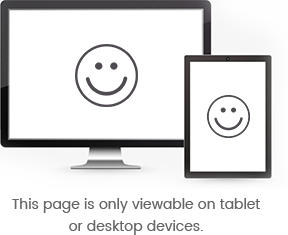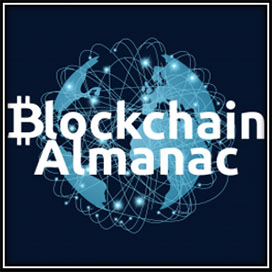Veritaseum vs EdenChain
What problem does this service solve?
| Veritaseum provides blockchain-based software solutions for financial clients. Their network makes it easier for clients to create their own sub-tokens and decentralized applications to interact with capital markets. | EdenChain aims to create a high performance blockchain for enterprises, that will allow them to convert assets into digital tokens. |
Token Stats
Company Description
Veritaseum develops blockchain-based software solutions for capital markets. Their goal is to decentralize access to these markets, with both centralized and decentralized solutions, for a range of financial institutions. The company assists their clients in building bespoke decentralized applications. Veritaseum's software solutions are built upon their platform, which allows for the creation of Veritas sub-tokens that serve the specific needs of the client. | EdenChain is developing an enterprise tokenization platform that will be based on their permissioned blockchain technology. Their goal is to enable enterprises to create customized digital assets based on their unique needs, and still maintain a high degree of control and privacy. EdenChain will use Merkle Tree and Namespace technology to solve performance issues by executing transactions in parallel; thus enabling more transactions per second, with lower transaction fees. EdenChain utilizes both a hardware and software solution to arrive at a consensus, and has a triple layer architecture that is significantly different from other tokenization platforms. Their hybrid consensus mechanism that will combine a protocol called Median Voter Thereom (MVT) with Proof-of-Elapsed-Time (PoET). PoET was designed and marketed by Intel, and is similar to PoW but requires less electricity. The company issued an Ethereum-based token called EDN. |



